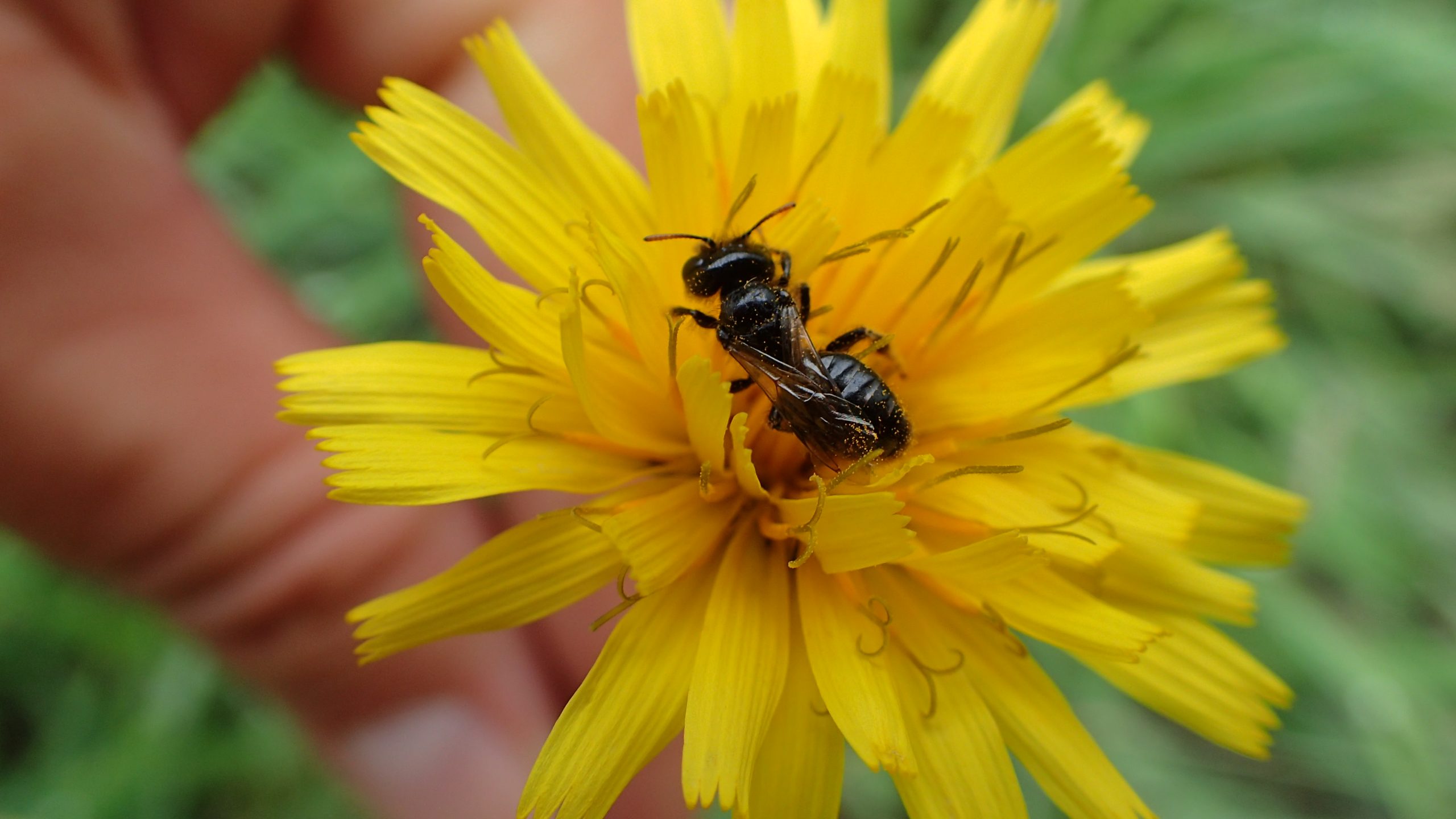A short overview of Paleoclimate, its research disciplines and usefulness as well as many cool feats and facts will be found here.
Our past climate is a very interesting topic, and now more relevant than ever before! Knowledge on how past “cycles” of life dealt with these changes for good or for worse is ultimately valuable and provides us with lessons for a good future.
So the study of past climate also known as paleoclimatology encompasses a good number of sub-disciplines that we want to discuss. Imagine a common landscape having three to four biotopes present in it. Almost imediately you can ask yourself, how was this in the past as we know all organisms within the biotope have a limited lifespan and unique lifecyle. Take plants for example, where many especially flowering plants release pollen every (almost) year into the environment via one or more mechanisms. Often leading to layers of pollen in the soil.

These pollen can reach this soil via the wind, or interaction from various organisms such as bees, wasps, flies, birds and so on. The actual delivery mechanims does not matter much (despite being interesting in its own right) because what matters most is which pollen can be found in a given sample. This allows fairly robust reconstructions of a terrain. Although there is certainly a bias towards pollen blown by the wind (and some other specifics).
The ocean plays another crucial role in the reconstruction of previous climates which we can access by sampling the oceanic sediments, commonly in the form of Foraminifera. A very powerfull analysis of their Isotopic ratios can be performed.
